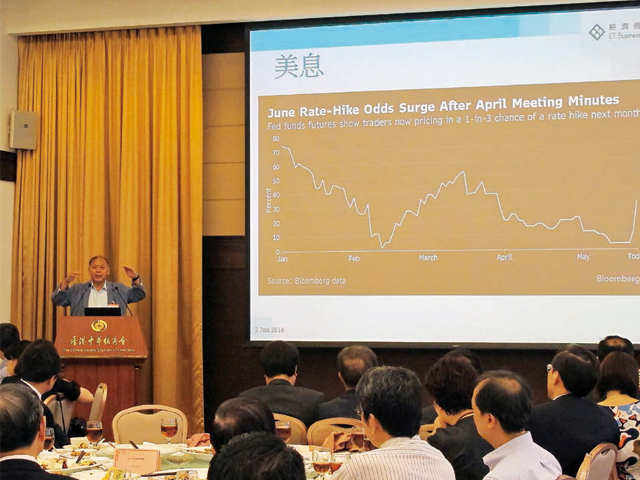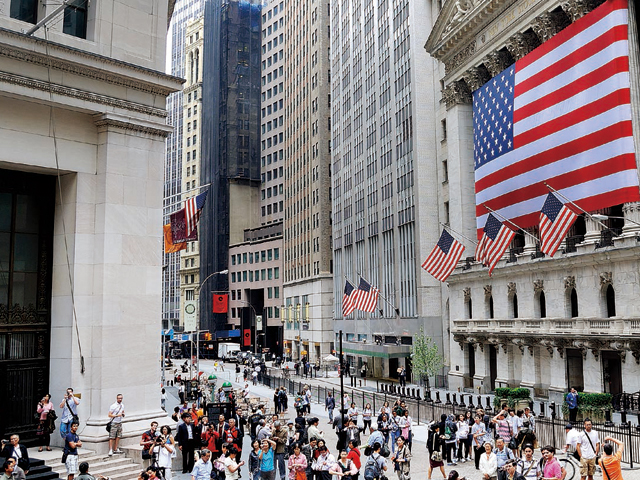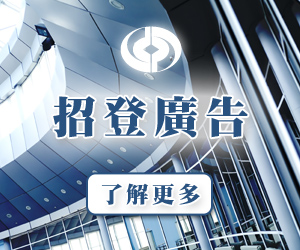As US rate hike has so far remained all talk but no action, every move in this regard will immediately attract global attention. Shek Kang-cheun, Associate Publisher and Head of Research Department of Hong Kong Economic Times, has his opinions on the key behind a US rate hike.
Traditional economic theory has it that when the economy is overheating or inflation is too high, it can be alleviated by raising interest rates. But why has the US repeatedly hinted at a rate hike when the US economy grew only 0.8% and inflation remained low in the first quarter of the year?
US rate hike to sell Treasury bonds
 Shek explained that the rationale behind raising interest rates is to sell the US Federal Reserve’s Treasury bonds back to the market in order to have sufficient funds to ride the next wave of recession. He said, “During the 2008 financial crisis, the Fed purchased US Treasury bonds and mortgage-backed bonds in order to save the local economy. As bond prices move in opposite direction to a change in interest rates, the current low interest rates mean that bond prices are high, which the market is simply unwilling to undertake.”
Shek explained that the rationale behind raising interest rates is to sell the US Federal Reserve’s Treasury bonds back to the market in order to have sufficient funds to ride the next wave of recession. He said, “During the 2008 financial crisis, the Fed purchased US Treasury bonds and mortgage-backed bonds in order to save the local economy. As bond prices move in opposite direction to a change in interest rates, the current low interest rates mean that bond prices are high, which the market is simply unwilling to undertake.”
Some people think that a rate hike will lead to a stock market crash, but Shek stressed that it is not a disaster if the stock market cannot be propped up. He places more value on corporate earnings growth. Shek admitted that “the world will be calm should a US rate hike take place”. He explained that in the absence of a rate hike, if there are really no buyers of US bonds, the impact on global financial markets would be unthinkable.
SMEs are the foundation of economy
 All things considered, the most important task for achieving a thriving market is to improve the economy. Shek pointed out that Bill Clinton’s biggest achievement during his tenure as US President was supporting the development of SMEs, and said, “SMEs are not good at dealing with banks to obtain loans. Accordingly, Clinton set up offices in every state to specialize in helping SMEs prepare documents to apply for bank loans. This does not require the government to directly provide loans to SMEs. With the bank loans, the enterprises can expand their business and the government will gain from the increase in job opportunities and tax revenue.” Shek believes that this initiative provides a very valuable example for Hong Kong to follow.
All things considered, the most important task for achieving a thriving market is to improve the economy. Shek pointed out that Bill Clinton’s biggest achievement during his tenure as US President was supporting the development of SMEs, and said, “SMEs are not good at dealing with banks to obtain loans. Accordingly, Clinton set up offices in every state to specialize in helping SMEs prepare documents to apply for bank loans. This does not require the government to directly provide loans to SMEs. With the bank loans, the enterprises can expand their business and the government will gain from the increase in job opportunities and tax revenue.” Shek believes that this initiative provides a very valuable example for Hong Kong to follow.
An alternative embodiment of RMB internationalization
In the wake of the changes in the supply and demand landscape for oil in recent years, China has an increasingly bigger say in the oil market. Shek noted that China is now the largest oil importer since the US has become virtually self-sufficient in oil.
Shek said: “Oil prices have always been denominated in US dollars, but for China, it is certainly more cost-effective to transact in RMB. Russia accepts China’s payments for oil in RMB because of US sanctions and it also cannot sell to Europe. In April this year, Russia’s oil exports to China increased by 50% over last year, but Saudi Arabia’s oil exports to China decreased by 22% over the same period. Eventually, Saudi Arabia has to accept oil payments in a mixture of RMB and US dollars.” This can be said to be an alternative embodiment of RMB internationalization.
A showcase of China’s strength to the world
Turning to the trend of the RMB, Shek expected the US dollar to gradually rise from 6.8 to 7 against the RMB, which means that there is room for RMB’s depreciation. By 2020, the US dollar is likely to return to the level of 5.8 against the RMB, but the premise is that the Mainland’s new round of reform and opening up will show some results. He said, “Although the US and Japan have been actively delving into robotics and virtual reality technologies in recent years, many machines and parts still need commercial undertakings. Currently, China and Germany are the only major countries still offering manufacturing and manual technical processes. In terms of standards, Germany still leads for the time being. Therefore, China must strive to improve its technical standards through the new round of reform.”
Shek believes that the 350 dancing robots at this year’s CCTV Spring Festival Gala were a showcase of China’s robotics technology to the rest of the world. He noted, “In fact, China is quietly working on many areas, but without the rest of the world noticing. China is now beginning to showcase its strength. Since a country’s currency is determined by the strength of its economy, the RMB can be expected to appreciate.”




